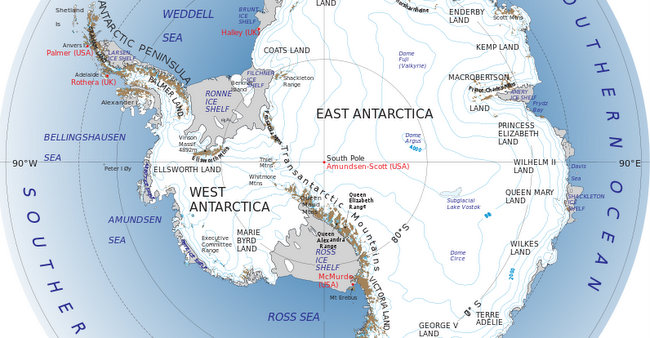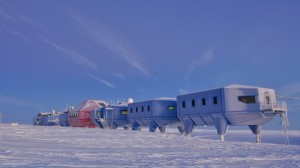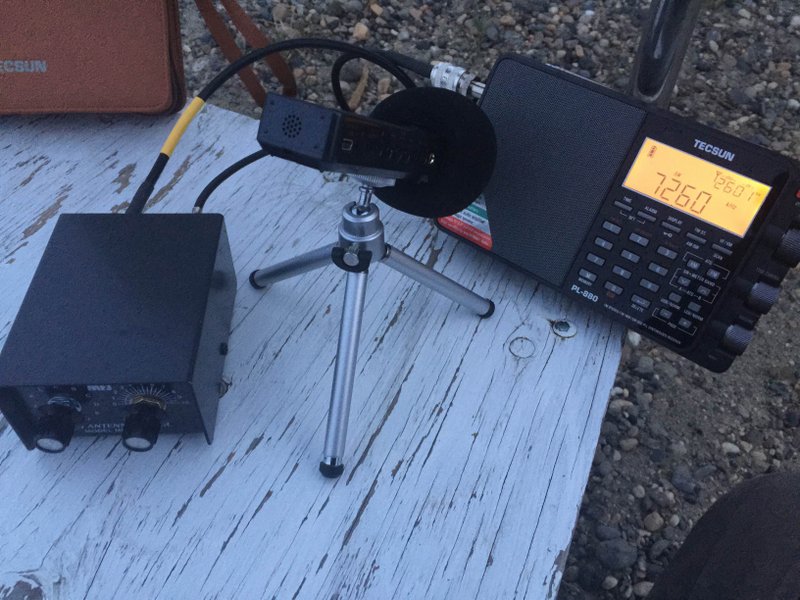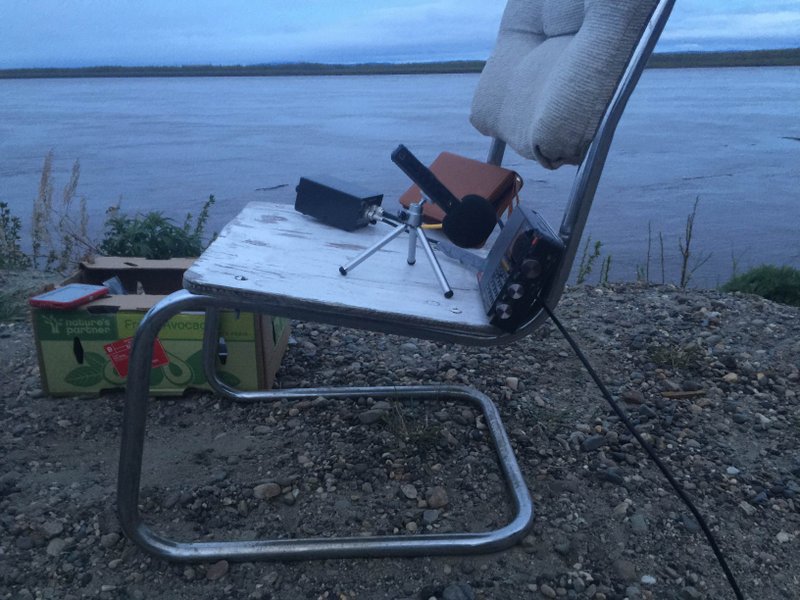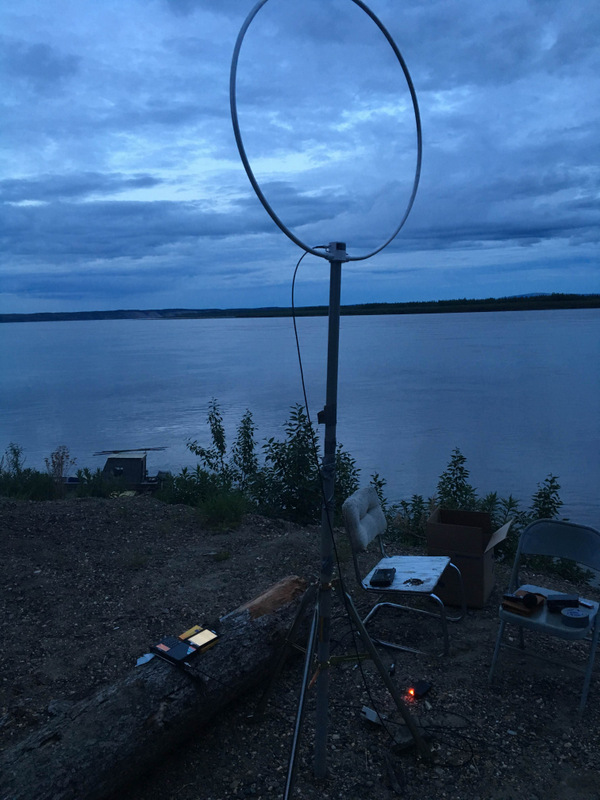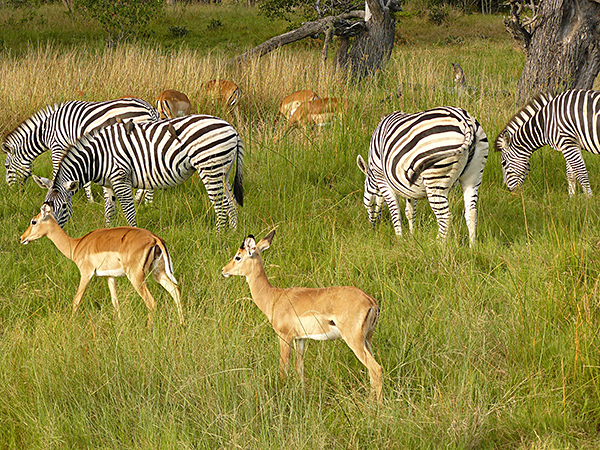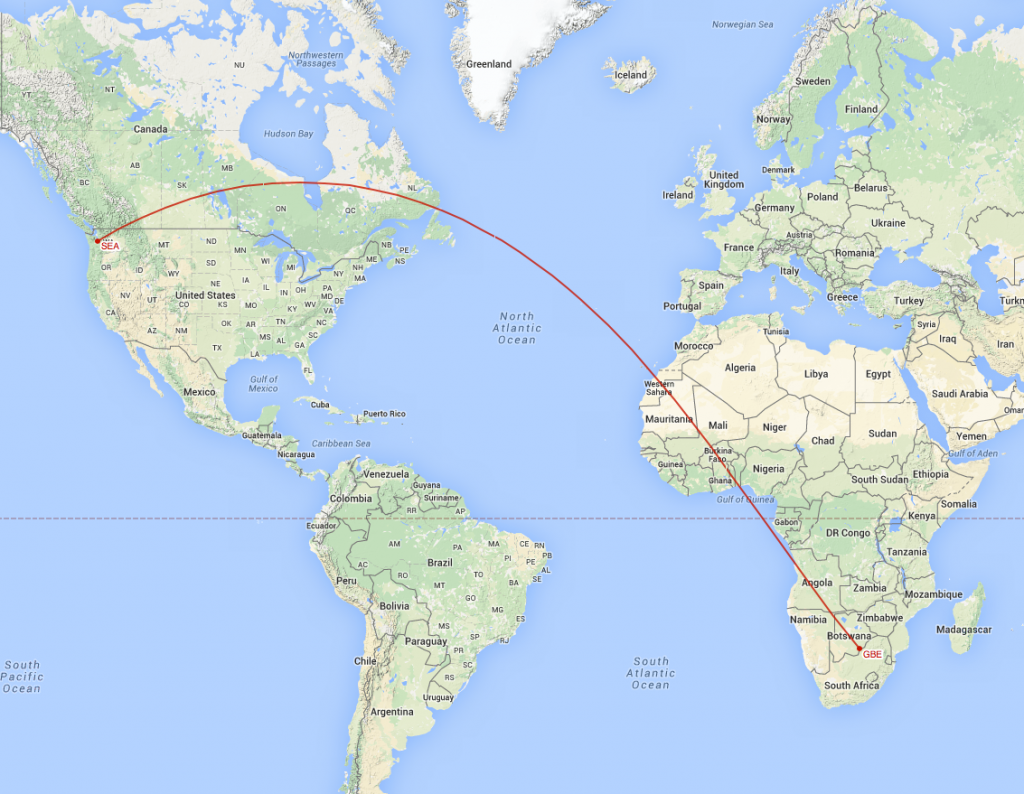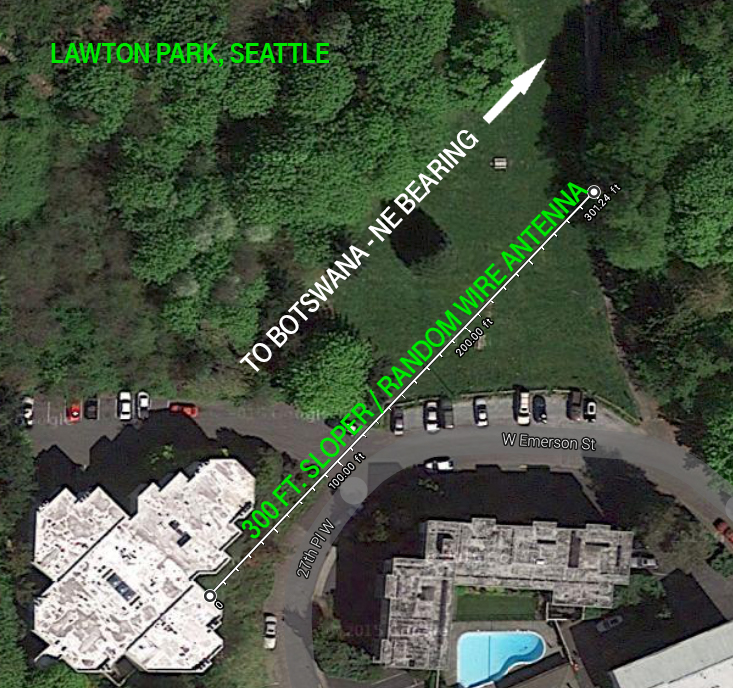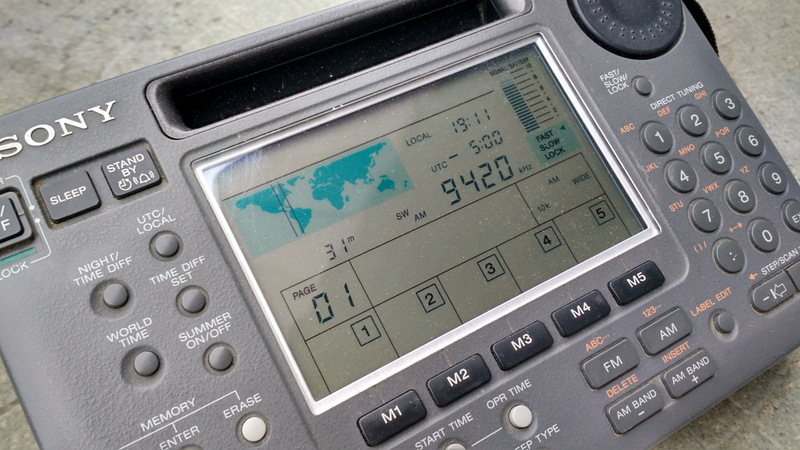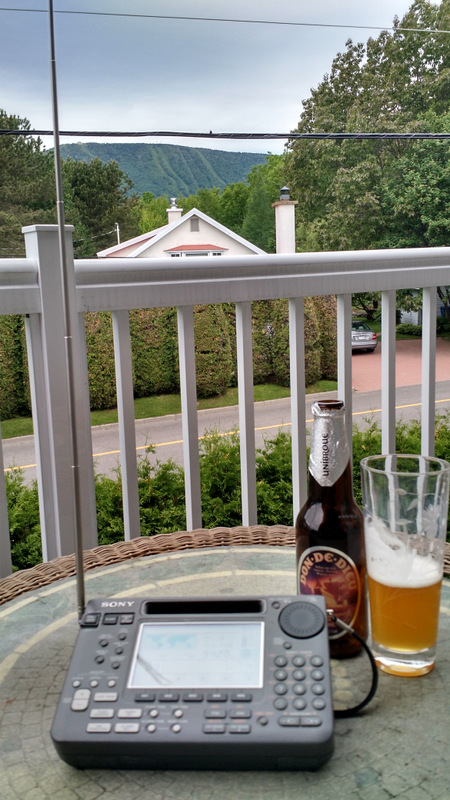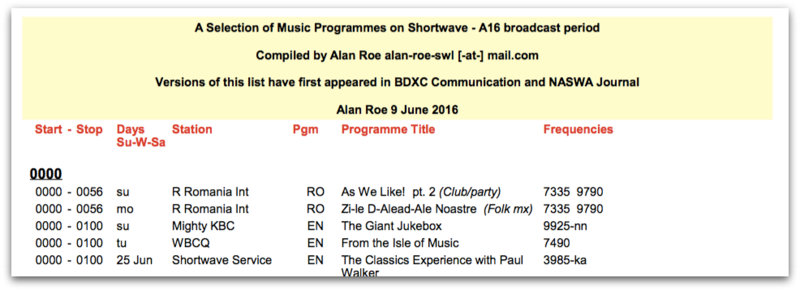Every year, the BBC broadcasts a special program to the scientists and support staff in the British Antarctic Survey Team. The BBC plays music requests and sends special messages to the small team of 40+ located at various Antarctic research stations. Each year, the thirty minute show is guaranteed to be quirky, nostalgic, and certainly a DX-worthy catch!
After the successful listener event last year, I’m calling on all SWLing Post readers and shortwave radio listeners to make a short recording (say, 30-60 seconds) of the BBC Antarctic Midwinter Broadcast today and share it here at the Post (frequencies and time below).
The recording can be audio-only, or even a video taken from any recording device or smart phone. It would be helpful to have a description and/or photo of your listening environment and location, if possible.
If you submit your recording to me, I will post it here on the SWLing Post–and insure that the British Antarctic Survey receives the post, too. The recordings will be arranged by geographic location.
The broadcast will take place from 2130-2200 UTC today on the following frequencies (thanks to Alokesh Gupta for the tip):
- 5,985 kHz WOF 300 kW / 184 deg to Antarctica English
- 6,035 kHz DHA 250 kW / 203 deg to Antarctica English
- 7,360 kHz ASC 250 kW / 207 deg to Antarctica English
- UPDATE: 9,720 kHz WOF 300 kW (Thanks to Richard Langley who notes that, per Glenn Hauser’s DXLG group, this frequency is not confirmed.)
I’m sure there will be live reports in the SWLing Post chat room during the broadcast. Please sign in and share your report as well!
I’m uncertain if I’ll be able to receive the broadcast this year–I’m traveling at the moment in Québec, but will have my trusty Sony ICF-SW55 and C.Crane CC Skywave in tow.
I’ll plan to seek out a quiet park away from man-made noise and give listening a go!
The Midwinter broadcast is one of my favorite programs of the year. I suppose, in part, this is because it happens on June 21–the Summer/Winter solstice–which also happens to be my birthday!

